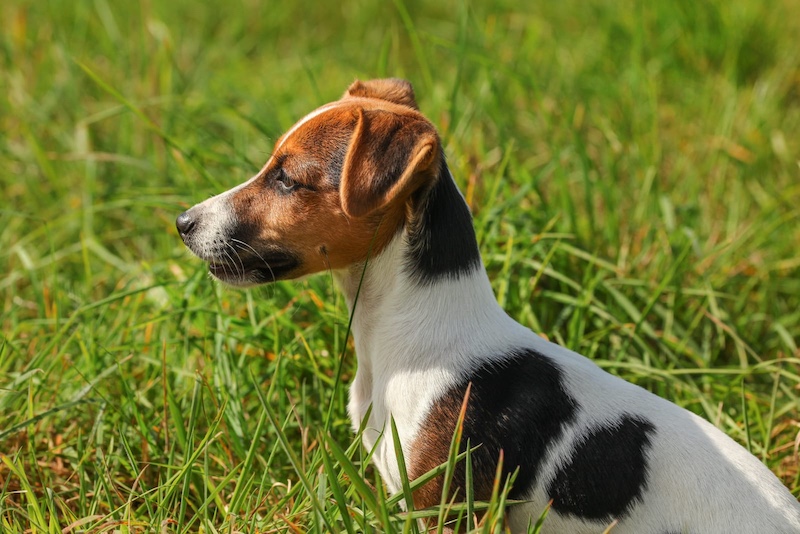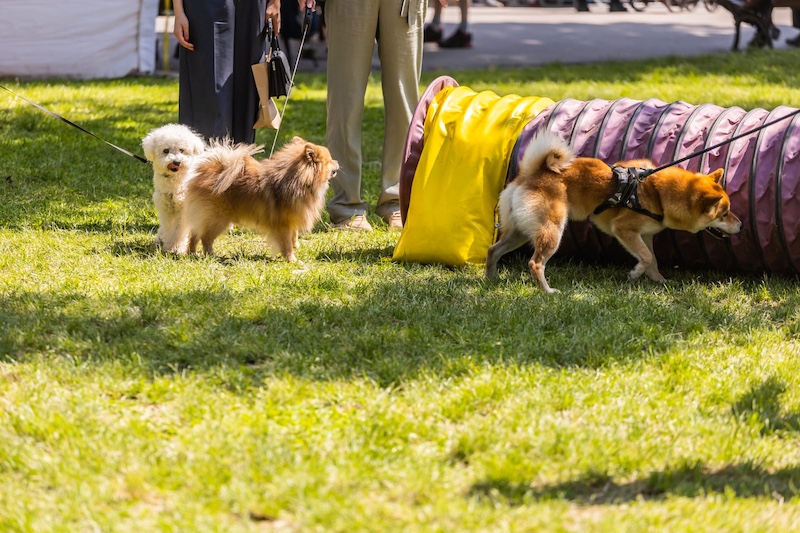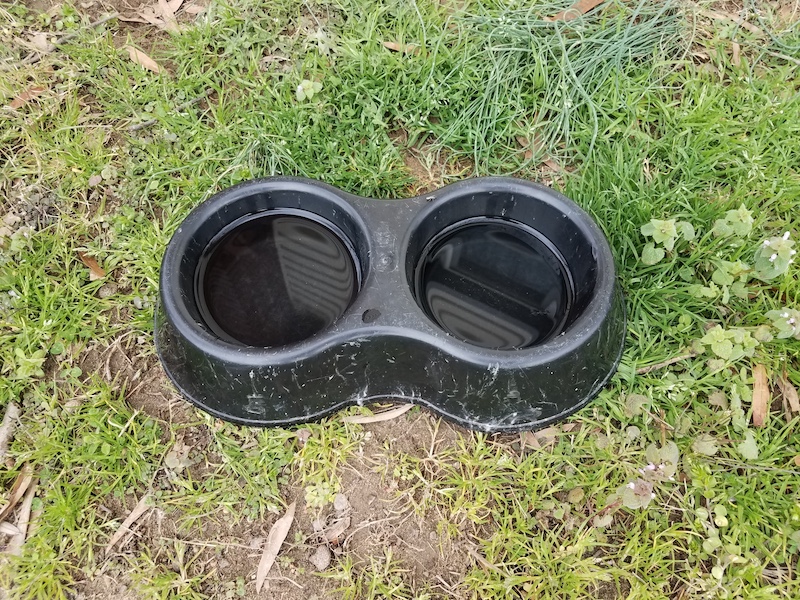Small pets that spend time outdoors are particularly vulnerable to predators. Hawks, foxes, raccoons, coyotes, and even neighborhood dogs or stray cats can pose significant threats. While it’s essential to let your pet enjoy fresh air and outdoor time, their safety should always come first. Here are practical tips to help you keep your small pet safe from predators while enjoying the outdoors.
Supervise Outdoor Time

One of the most effective ways to protect your pet is to supervise them closely when they’re outside. Predators are less likely to approach when a human is present. Always stay within a close distance of your pet, especially in open spaces. This ensures you can act quickly if a threat arises.
Invest in a Secure Enclosure

A sturdy, predator-proof enclosure is essential for small pets spending time outdoors. Look for enclosures made with heavy-duty wire mesh that predators cannot chew through or tear open. Ensure the enclosure has a secure roof to prevent aerial predators like hawks and owls from attacking. If your pet spends a significant amount of time outside, opt for an enclosure with a lockable door to prevent unauthorized access.
Avoid Dusk and Dawn

Many predators, including foxes and coyotes, are most active during dawn and dusk. Avoid letting your small pet outdoors during these times, as they are more likely to encounter threats. Instead, schedule outdoor time for mid-morning or early afternoon when predator activity is generally lower.
Use a Harness and Leash

For small dogs, cats, and even rabbits, a harness and leash can offer an extra layer of security. A leash allows you to keep your pet close, reducing the risk of them wandering into unsafe areas or becoming an easy target for predators. Make sure to use a harness designed specifically for your pet’s species to ensure comfort and safety.
Install Motion-Activated Lights

Predators often prefer to hunt in the dark. Installing motion-activated lights around your yard can startle potential predators and deter them from approaching. These lights can be particularly helpful if your pet’s outdoor area includes a secure enclosure for nighttime use.
Consider Companion Animals

Certain animals, such as larger dogs, can act as natural deterrents to predators. If you have a protective dog that gets along well with your small pet, letting them share outdoor time can help scare off potential threats. However, ensure the dog’s presence doesn’t stress or harm your smaller pet.
Provide Hiding Spots

Even in a secure enclosure, your pet should have access to hiding spots. Tunnels, dens, or covered areas can provide a sense of security and a place to retreat if they feel threatened. These hiding spots also mimic natural environments, keeping your pet comfortable and reducing stress.
Keep Food and Water Secure

Predators are often drawn to food and water sources. If you feed your pet outdoors, remove any uneaten food promptly and clean up spills. Secure food storage bins to prevent attracting unwanted visitors, and position water dishes inside the enclosure to avoid drawing predators.
Fence Your Yard

If possible, install a tall, sturdy fence around your yard to create a first line of defense against larger predators. For small pets that dig, ensure the fence extends below ground level to prevent them from tunneling out or predators from burrowing in.
Use Predator Deterrents

There are various predator deterrents available, including ultrasonic devices, decoy animals like owl statues, and sprays designed to repel predators. These can be particularly effective when used in conjunction with other protective measures.
Regularly Check for Hazards

Inspect your yard or outdoor area regularly for signs of predator activity, such as tracks, droppings, or damaged fencing. Remove any potential hiding spots for predators, like overgrown bushes or piles of debris.
Train Your Pet

If your pet is trainable, teach them to return to you on command. This skill can be life-saving if they sense a predator and need immediate guidance. Consistent training builds trust and enhances your ability to protect your pet. Please Note: This content was created with the assistance of AI and thoroughly edited by a human before publishing.

